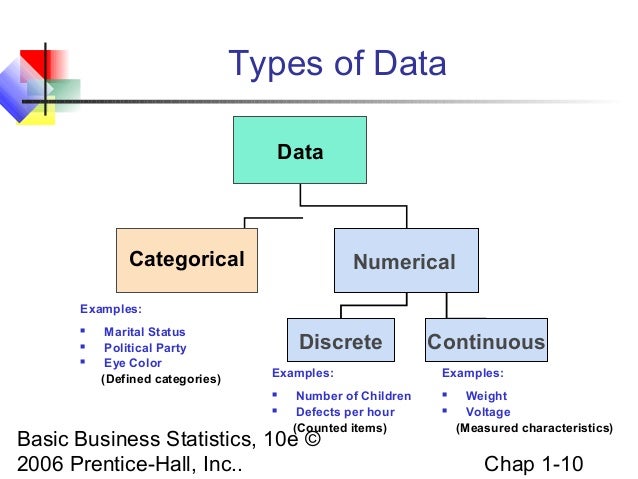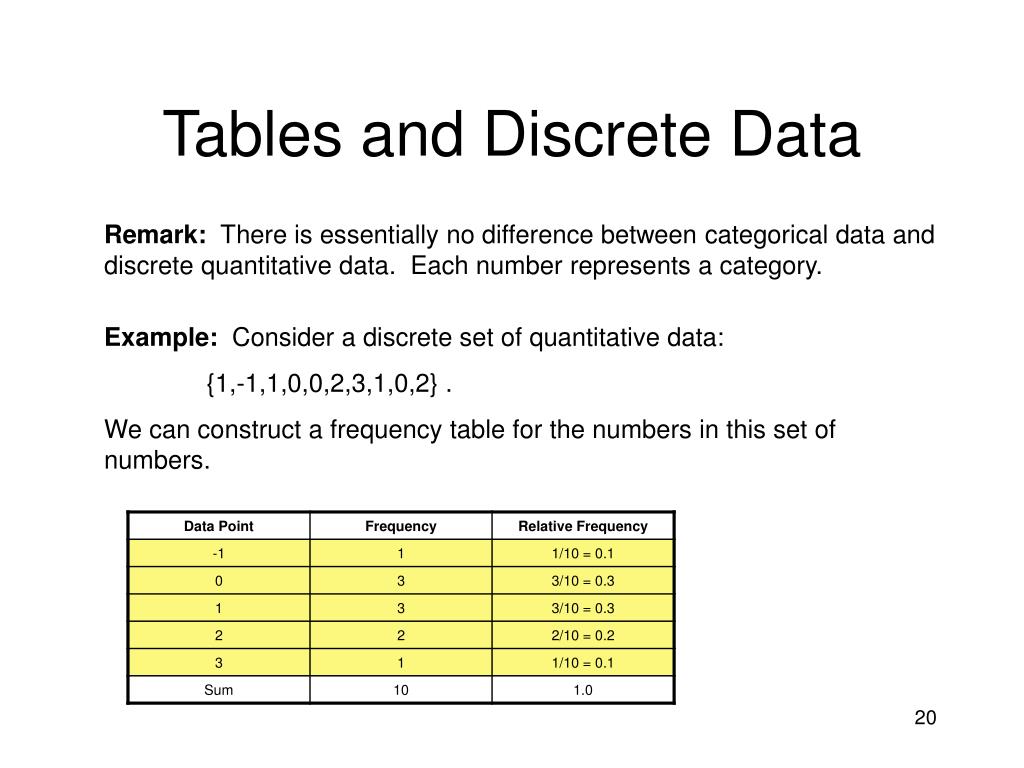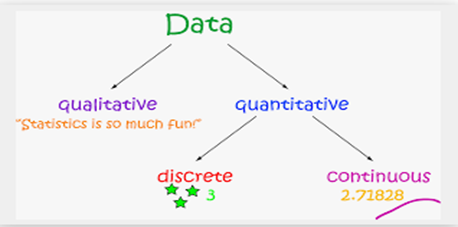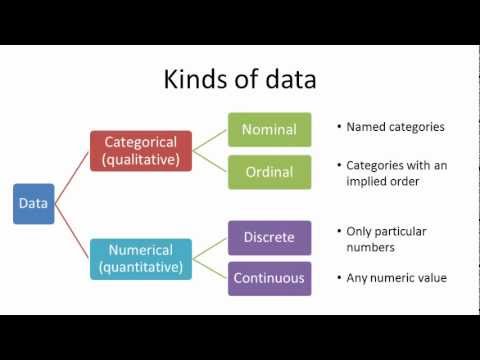Introduction to statistics 1

Statistics is the science of collecting, analyzing and interpreting data in order to make inferences about a population. It helps us understand patterns and trends, and it can help us make decisions and predictions.
Chapter 2: Descriptive Statistics

Descriptive Statistics helps us describe and summarize data in order to make it meaningful. There are two types of descriptive statistics: measures of central tendency, and measures of dispersion. Measures of central tendency include mean, median, and mode, which help us identify the typical or representative value of a dataset. Measures of dispersion include range, variance, and standard deviation, which help us understand how spread out the data is.
If you are searching about Basic concepts of scale of measurement you've came to the right web. We have 6 Pics about Basic concepts of scale of measurement like Data Type, Introduction to statistics 1 and also Discrete Data - Cuemath. Here you go:
Basic Concepts Of Scale Of Measurement
 www.slideshare.net
www.slideshare.net measurement discrete categorical continuous numerical
Data Type
data types categorical numerical ordinal statistical science examples type numbers house statistics discrete quantitative different classification sets assigned number values
Discrete Data - Cuemath
 www.cuemath.com
www.cuemath.com discrete quantitative graphical graphs among cuemath
PPT - Chapter 2: Descriptive Statistics PowerPoint Presentation, Free
 www.slideserve.com
www.slideserve.com discrete data categorical descriptive statistics chapter ppt powerpoint presentation tables frequency chart quantitative slideserve
What Is Discrete, Categorical, Ordinal, Numerical, Non-numerical And
 socratic.org
socratic.org categorical data non continuous ordinal discrete numerical numeric types qualitative quantitative socratic two explanation
Introduction To Statistics 1
 www.slideshare.net
www.slideshare.net categorical discrete numerical
Data types categorical numerical ordinal statistical science examples type numbers house statistics discrete quantitative different classification sets assigned number values. Categorical discrete numerical. Data type

0 Post a Comment: